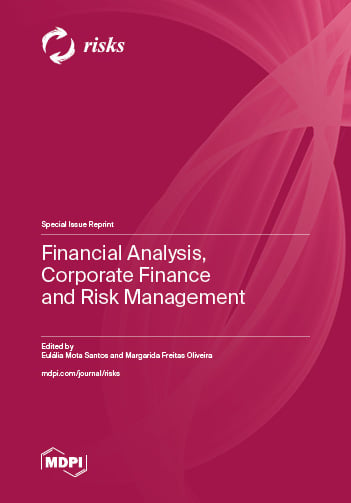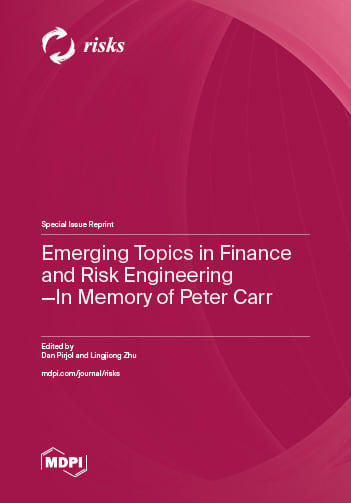- 1.5Impact Factor
- 5.0CiteScore
- 21 daysTime to First Decision
Risks
Risks is an international, scholarly, peer-reviewed, open access journal for research and studies on insurance and financial risk management.
Risks is published monthly online by MDPI.
Quartile Ranking JCR - Q3 (Business, Finance)
All Articles
News & Conferences
Issues
Open for Submission
Editor's Choice
Reprints of Collections

Reprint
Financial Analysis, Corporate Finance and Risk Management
Editors: Eulália Mota Santos, Margarida Freitas Oliveira

Reprint
Emerging Topics in Finance and Risk Engineering—In Memory of Peter Carr
Editors: Dan Pirjol, Lingjiong Zhu

